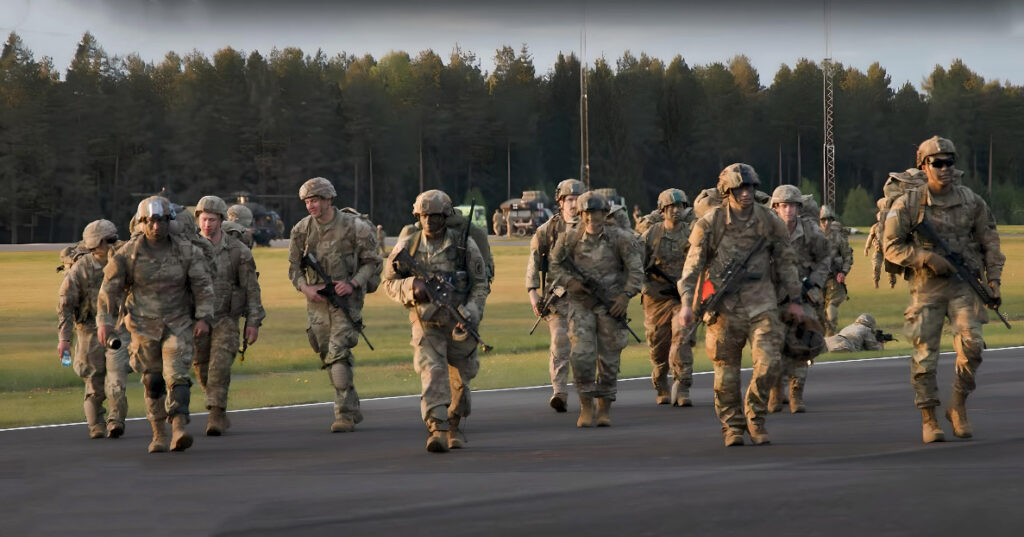On June 2, 2025, President Donald Trump delivered a landmark address at Fort Bragg, unveiling a transformative plan to overhaul and expand the United States’ military capabilities. Described as a historic pivot in defense policy, the speech outlined an ambitious initiative to modernize the nation’s arsenal, prioritizing cutting-edge technology and self-reliance in an era of escalating global tensions. The announcement signals a new chapter for the U.S., one where military strength and innovation take center stage.
Trump emphasized that the nation is “rebuilding its fighting power at a pace never seen before.” His administration is spearheading the development of advanced weaponry, including hypersonic missiles, an upgraded nuclear triad, and a vast expansion of unmanned systems like drones and autonomous platforms. The focus, he clarified, is not just on increasing stockpiles but on revolutionizing the quality and scope of national defense to meet future challenges head-on.
Since January 2025, the Pentagon has ramped up procurement by 15%, with the defense budget for weapons systems soaring to an unprecedented $315 billion. This surge reflects a strategic shift, moving beyond merely replenishing aging reserves to preparing for high-intensity conflicts. Investments are pouring into serial production of Javelin missile systems, HIMARS artillery, and next-generation strike drones, underscoring a commitment to combat readiness in an unpredictable world.
A cornerstone of Trump’s speech was a recalibration of U.S. military priorities. Criticizing past policies that he described as overly generous with foreign aid, the president introduced a doctrine of “America First” in defense strategy. The approach aims to safeguard national interests and sovereignty by ensuring domestic stockpiles remain robust, a stance that has already sparked debate among analysts. Many interpret this as a signal that the U.S. may scale back its role as the world’s arms supplier in favor of strengthening its own defenses.
Beyond technology, Trump paid tribute to the men and women in uniform, acknowledging their critical role amid rising global instability. He highlighted the tireless efforts of the nation’s defense industry, which is operating around the clock to equip troops with everything from ammunition to state-of-the-art surveillance systems. This synergy between innovation and personnel, he argued, is key to maintaining a formidable military presence.
Analysts suggest this aggressive push for military modernization could reshape global security dynamics. The emphasis on groundbreaking technologies and increased defense spending may ignite a new arms race, with the U.S. positioning itself as the unrivaled leader. The ripple effects of this strategy could redefine alliances, deterrence strategies, and the global balance of power.
Trump’s vision is more than a response to recent geopolitical shifts—it’s a bold declaration of intent. By doubling down on strength, autonomy, and technological supremacy, the United States is staking its claim as a dominant force in a rapidly evolving world order.



